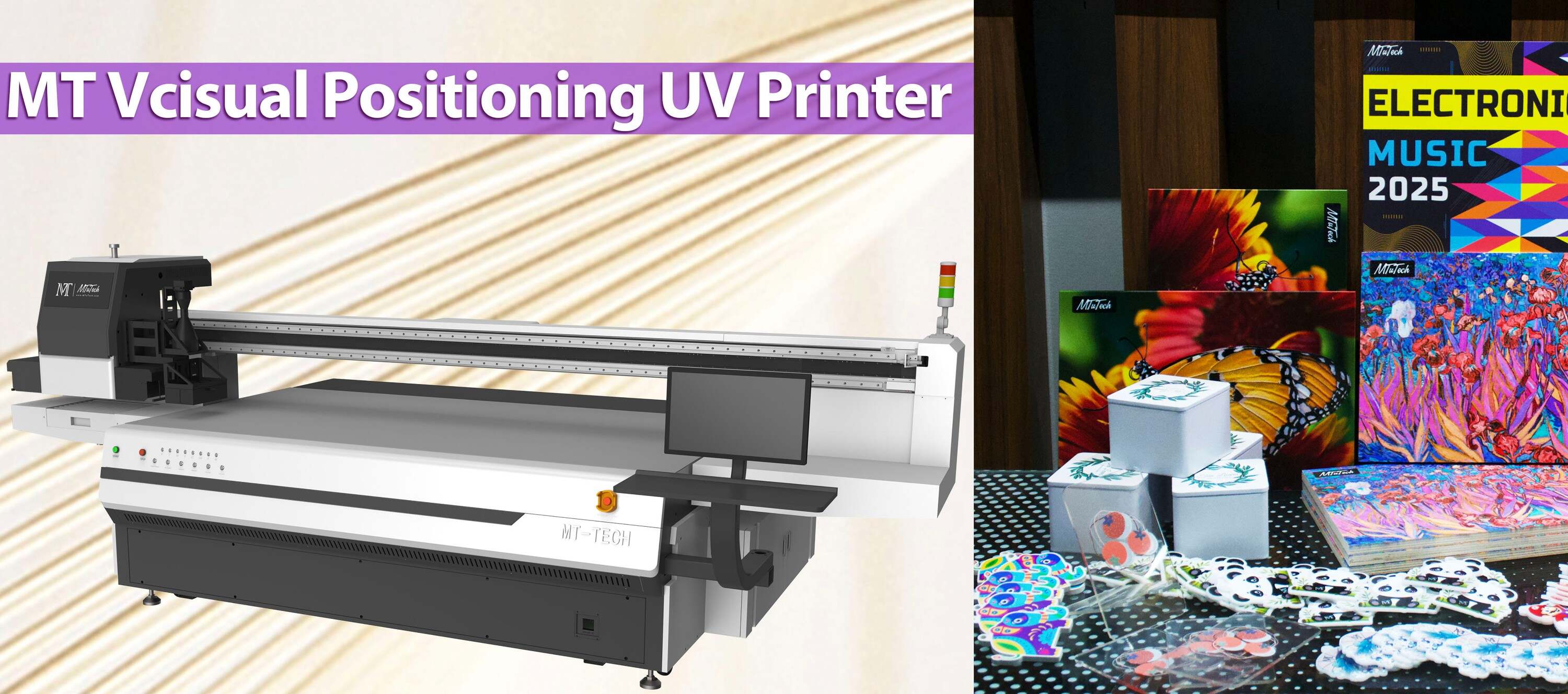Introduction
In today’s fast-paced business environment, the integration of various technologies is essential for achieving operational efficiency. For companies utilizing UV printers, pairing these advanced printing solutions with Customer Relationship Management (CRM) systems and Order Management Tools can revolutionize workflows, streamline processes, and enhance customer satisfaction. This blog post explores the advantages of such integrations, highlights key features, and provides insights on best practices for implementation.
Understanding UV Printing Technology
UV printing is a modern printing technology that uses ultraviolet light to cure or dry ink as it is printed. This method allows for high-quality prints on various substrates, including plastic, metal, glass, and more. Businesses specializing in custom printing are increasingly adopting UV printing due to its speed, versatility, and vibrant results.
Benefits of Integrating UV Printers with CRM and Order Management Tools
Integrating UV printers with CRM and order management tools brings numerous benefits to businesses seeking to improve their operational efficiency and customer interactions. Here are some notable advantages:
1. Enhanced Customer Experience
By integrating UV printers with CRM systems, businesses can access comprehensive customer data that informs personalized marketing and service strategies. This enables companies to:
Provide tailored recommendations based on customer purchase history.
Generate unique, custom product designs that reflect customer preferences.
Communicate order status updates in real time.
2. Streamlined Order Processing
Order management tools play a crucial role in handling incoming orders efficiently. Integrating these systems with UV printers simplifies the order fulfillment process by:
Autonomously transferring order details to the printing system.
Eliminating manual entry errors.
Tracking production timelines and delivery schedules seamlessly.
3. Improved Inventory Management
Effective inventory management is vital for maintaining product availability and minimizing waste. Integration allows businesses to:
Monitor stock levels in real-time.
Automatically re-order materials when low inventory is detected.
Analyze sales trends to adjust inventory acquisition strategically.
4. Data-Driven Decision Making
Integrating UV printing with CRM and order management systems provides a wealth of data that can inform business strategies. By analyzing this data, businesses can:
Identify key performance indicators (KPIs) that matter most.
Pinpoint areas for improvement within the production and sales processes.
Evaluate customer feedback to enhance product offerings.
5. Cost Efficiency
While the initial investment in advanced printers and software may seem steep, integrating these technologies can lead to significant cost savings over time by:
Reducing labor costs through automation.
Minimizing material waste via precise order fulfillment.
Enhancing production speed, allowing for faster turnaround times.
Key Features of Effective Integration
When considering the integration of UV printers with CRM and order management tools, it’s crucial to look for specific features that enhance performance. Key features include:
1. Automation Capabilities
The right integration should support automation throughout the production workflow. This involves:
Automated order processing that sends details directly from the CRM to the printer.
Real-time job tracking that updates customers on their order status.
2. Customization Options
The ability to offer customized products is essential for attracting customers. Integration enables businesses to:
Incorporate personalized elements based on customer preferences.
Create unique templates and designs that can be saved within the system.
3. Reporting and Analytics
Comprehensive reporting tools are vital for understanding business performance. Integration should facilitate:
Performance reports on printing efficiency and order fulfillment rates.
Sales analytics that help forecast demand and guide inventory purchases.
4. User-Friendly Interface
To maximize the potential of the integration, the tools involved must be user-friendly. A simple interface allows for:
Easier training for staff.
Quick adaptation to changes in the production process.
Best Practices for Effective Integration
To achieve a successful integration of UV printers with CRM and order management tools, businesses should follow these best practices:
1. Assess Business Needs
Before integration, evaluate your current workflows and identify areas that require improvement. Understand what features will be most beneficial to your specific operation.
2. Choose the Right Software
Ensure that the selected CRM and order management tools are compatible with UV printing technology. Look for solutions that offer robust API support for seamless data exchange.
3. Train Staff Effectively
Provide comprehensive training for employees on new systems to ensure smooth adoption. Regular training sessions can help staff maximize the benefits of the integrated systems.
4. Measure Performance Post-Integration
After integration, monitor key performance metrics to evaluate success. Regular assessments can help identify any issues that need addressing and areas for further improvement.
Conclusion
Integrating UV printers with CRM and order management tools offers a strategic advantage for businesses looking to enhance efficiency, improve customer experience, and drive revenue growth. With benefits such as streamlined order processing, improved inventory management, and data-driven decision-making, it's clear that such integration is not just beneficial but essential in today’s competitive landscape. By following best practices and choosing the right technologies, organizations can fully leverage the power of integration to achieve their business goals. Explore our high-quality UV printers here and take the first step towards effective integration.
FAQ
How does integrating UV printers with CRM improve customer interaction?
Integrating UV printers with CRM systems enables businesses to provide personalized experiences tailored to customer preferences, streamline communications regarding order status, and enhance overall customer satisfaction.
Can integration reduce operational costs?
Yes, integrating UV printers with CRM and order management systems can lower operational costs by automating processes, reducing labor-intensive tasks, and minimizing material waste.
What key features should I look for in integration tools?
Important features include automation capabilities, customization options, comprehensive reporting and analytics, and a user-friendly interface that facilitates ease of use for staff.
How can I ensure a successful integration process?
Asses your business needs, select compatible software, train your staff effectively, and continuously measure performance to ensure a successful integration process.

